In the context of strong development of science and technology, especially in the field of electronics - semiconductors - microchips, serving electronic machinery and digital transformation, we all see the trend of shifting supply chains taking place in the world and in the region.
During the visit of the US President to Vietnam in September 2023, the United States affirmed its commitment to increasing support for Vietnam in training and developing a high-tech workforce. The United States recognized Vietnam's great potential to become a key country in the semiconductor - microchip industry, supported the rapid development of the semiconductor - microchip ecosystem in Vietnam, and the two sides will actively coordinate to enhance Vietnam's position in the global semiconductor supply chain.
Regarding this content, on October 17, at a press conference on training human resources for the semiconductor chip industry in the Vietnamese higher education system, Associate Professor Dr. Nguyen Thu Thuy - Director of the Department of Higher Education, Ministry of Education and Training (MOET) said that in the next 5 years, the demand for human resources in the semiconductor chip field is forecasted to be about 20,000 employees. In the next 10 years, this number could reach 50,000 employees with university degrees or higher.
Current statistics show that the number of specialized microchip design personnel is only about 5,000 people. According to technical universities, the training demand in the coming years is about 3,000 people/year. The number of post-graduate graduates at technical universities is expected to account for at least 30%.
In recent years, Vietnam has had policies and communications to encourage higher education institutions to expand and develop STEM training majors, focusing on majors in the field of information and communication technology (ICT), majors serving human resources of the 4.0 Industrial Revolution - AI, Bigdata, etc. In the period of 2019-2022, the number of new STEM university students increased by an average of 10% per year, higher than the general growth rate of 6.5%. The three fields with the strongest average annual growth rates are Computer and information technology (17.1%), Engineering technology (10.6%).
Vietnam's leading universities of technology are relatively ready in terms of training capacity to meet the human resource requirements in the field of semiconductors - microchips such as: Human resources for research, development and production of semiconductor materials: there are training majors in chemistry, physics, materials... Human resources for design and production of microchips: the most suitable training majors are electronic engineering, electronics-telecommunications; related majors include electrical engineering, control and automation, mechatronics...
Regarding the form of training, according to Ms. Thuy, the training can be new recruits and training from the beginning, or students studying related majors can switch to study in depth in the last 1-2 years, or engineers who have graduated from related majors can take additional training courses from a few months to 1-2 years to meet the requirements of the semiconductor - microchip field.
According to statistics, the number of university students in relevant majors (electronics-telecommunications, microelectronics...) newly recruited is about 6,000 and graduated about 5,000/year, increasing by an average of 7%/year. For similar majors such as: electricity, mechatronics, automation, computer engineering..., the number of newly recruited students is about 15,000 and graduated about 13,000/year, increasing by an average of 10%/year.
Thus, if 30% of students in relevant majors and 10% in related majors study semiconductor microcircuits, the number of 3,000 graduates/year is feasible.
According to Director Nguyen Thu Thuy, the total of these two forces can meet the new demand. However, the Director of the Department of Higher Education and Training said that because the labor market in the field of semiconductors and microchips is just emerging, mainly in the form of potential, the biggest challenge is how to attract students to study these majors and improve the quality of training to meet the strict requirements of American businesses. This requires synchronous support policies and guidance from the State.
Analyzing the demand and capacity for training human resources in the semiconductor industry, Associate Professor Dr. Nguyen Thu Thuy said that the Ministry of Education and Training proposed three major policy groups to develop this industry.
The policy group supports and encourages learners to improve the quantity and quality of incoming students, such as scholarship policies, tuition exemptions, preferential credits... especially to attract at least 1,000 students to study at postgraduate level (currently, the rate of postgraduate study in these fields is only about 4%).
Policy support group, breakthrough investment to enhance training and research capacity.
The policy group encourages and promotes cooperation between universities - research institutes - enterprises, domestically and internationally, especially with US partner universities and enterprises (with investment potential in Vietnam).
On its side, the Ministry of Education and Training is presiding over the development of two important projects to submit to the Prime Minister by the end of this year: Project on training and developing high-quality human resources to serve high technology and Project on building a number of excellent research and training centers on 4.0 technology.
During the recent trip accompanying the Prime Minister, the Ministry of Education and Training signed a Memorandum of Understanding with Intel on developing human resources for high-tech industries, including the semiconductor microchip field.
Currently, the Ministry of Education and Training is developing an Action Plan to promote training and research in the fields of semiconductor and microchip technology, which will be reported to the Prime Minister in October. It will direct and support higher education institutions to cooperate in an alliance, share and jointly use resources and capacity in training and research.
Hopefully with the above solutions, in the coming time, we will develop high-quality human resources to serve high technology in general as well as solve the thirst for high-quality human resources for the semiconductor chip industry in particular./.
Source


![[Photo] General Secretary To Lam attends the 8th Congress of the Central Public Security Party Committee](https://vphoto.vietnam.vn/thumb/1200x675/vietnam/resource/IMAGE/2025/10/4/79fadf490f674dc483794f2d955f6045)
![[Infographic] Notable numbers after 3 months of "reorganizing the country"](https://vphoto.vietnam.vn/thumb/1200x675/vietnam/resource/IMAGE/2025/10/4/ce8bb72c722348e09e942d04f0dd9729)










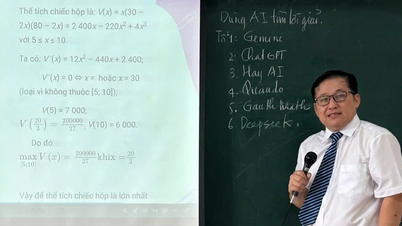










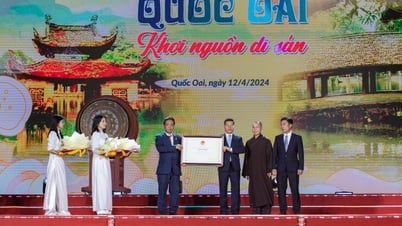

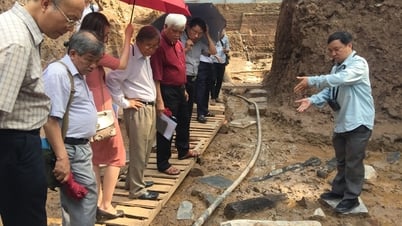

![[Photo] Prime Minister Pham Minh Chinh chairs meeting to deploy overcoming consequences of storm No. 10](https://vphoto.vietnam.vn/thumb/1200x675/vietnam/resource/IMAGE/2025/10/3/544f420dcc844463898fcbef46247d16)
![[Photo] Students of Binh Minh Primary School enjoy the full moon festival, receiving the joys of childhood](https://vphoto.vietnam.vn/thumb/1200x675/vietnam/resource/IMAGE/2025/10/3/8cf8abef22fe4471be400a818912cb85)





























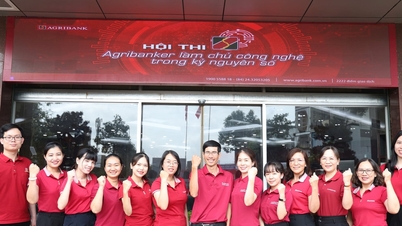








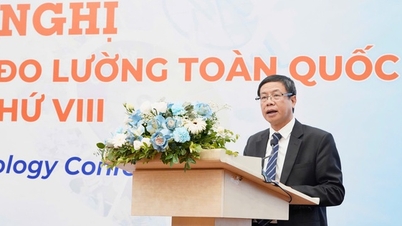







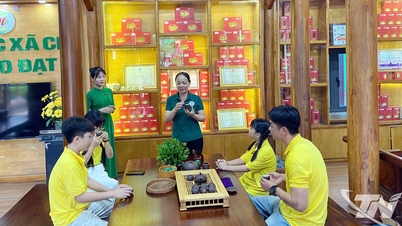























Comment (0)